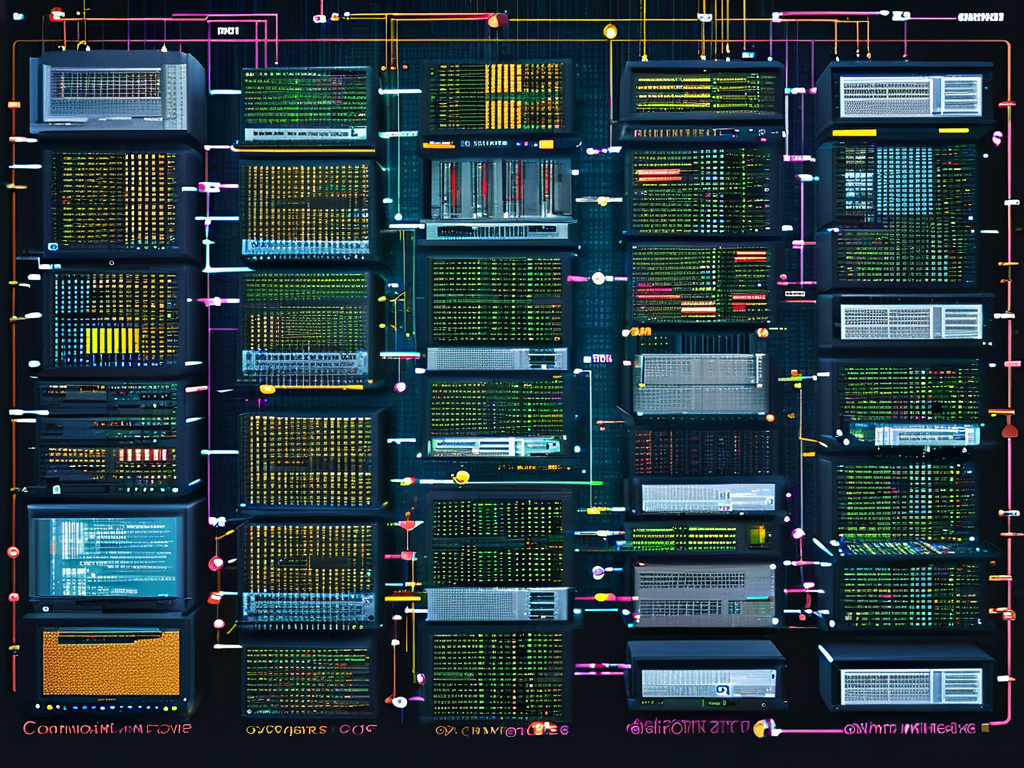As technology continues to evolve, understanding computer network fundamentals remains a critical skill for IT professionals and students alike. The 2017 Computer Network Fundamentals Question Bank serves as a valuable resource for mastering core concepts, preparing for certifications, or excelling in academic exams. This article explores the structure of the question bank, highlights essential topics, and provides actionable strategies to maximize its utility.
Overview of the 2017 Question Bank
The 2017 edition of the Computer Network Fundamentals Question Bank is designed to cover a wide range of topics, from basic networking principles to advanced protocols. It includes multiple-choice questions, scenario-based problems, and practical configuration exercises. For instance, one section focuses on subnetting techniques, requiring learners to calculate valid IP ranges for given network requirements—a skill still relevant in today’s IPv4-dominated environments.
A unique feature of this question bank is its emphasis on real-world applications. For example, a sample question might ask:
# Configure a static route on a Cisco router
Router(config)# ip route 192.168.1.0 255.255.255.0 10.0.0.1 Such exercises bridge theoretical knowledge and hands-on implementation, ensuring users gain proficiency in both areas.
Core Topics Covered
-
Network Layers and Protocols: Questions often test knowledge of the OSI and TCP/IP models, including the roles of layers like Transport (TCP/UDP) and Network (IP). A common question might involve identifying the layer responsible for logical addressing or error detection.
-
Routing and Switching: This section delves into static vs. dynamic routing protocols (e.g., OSPF, RIP), VLAN configurations, and switch port security. For example, a typical problem could ask learners to troubleshoot a network segmentation issue caused by misconfigured VLANs.
-
Network Security Fundamentals: Topics include firewalls, encryption methods, and authentication protocols. A scenario might describe a small business network vulnerable to attacks, requiring the test-taker to recommend appropriate security measures.
-
Wireless Networking: Questions cover standards like IEEE 802.11ac, channel interference, and WPA3 encryption. A practical task might involve optimizing a wireless network for minimal signal overlap in a multi-story building.
Effective Study Strategies
To fully leverage the 2017 question bank, adopt a structured approach:

- Diagnose Weaknesses First: Begin with a diagnostic test to identify gaps in knowledge. Focus on areas like IPv6 addressing or DNS resolution if they pose challenges.
- Simulate Exam Conditions: Time-bound practice sessions improve speed and accuracy. For instance, allocate 90 minutes to complete a 60-question set to mimic certification exam pressures.
- Analyze Mistakes Thoroughly: Review incorrect answers to understand underlying misconceptions. If a question about DHCP lease times was missed, revisit the DHCP process and packet exchange dynamics.
Integration with Modern Tools
While the 2017 question bank was created before the rise of SDN (Software-Defined Networking) and widespread cloud adoption, its principles remain foundational. Pair it with virtual labs using tools like Cisco Packet Tracer or GNS3 to simulate hybrid environments. For example, configure a legacy routing protocol in GNS3 while testing its interaction with a virtual Azure network.
Common Pitfalls to Avoid
- Overlooking Protocol Details: Memorizing port numbers (e.g., HTTP/80, HTTPS/443) without understanding their context leads to errors in scenario-based questions.
- Ignoring Updates: While the 2017 resource is comprehensive, supplement it with recent materials to cover advancements like Zero Trust Architecture or 5G networking.
The 2017 Computer Network Fundamentals Question Bank remains a robust tool for building expertise in networking. By combining its structured questions with modern lab tools and iterative learning strategies, users can develop a deep, practical understanding of network systems—an asset in both exams and real-world IT environments.


